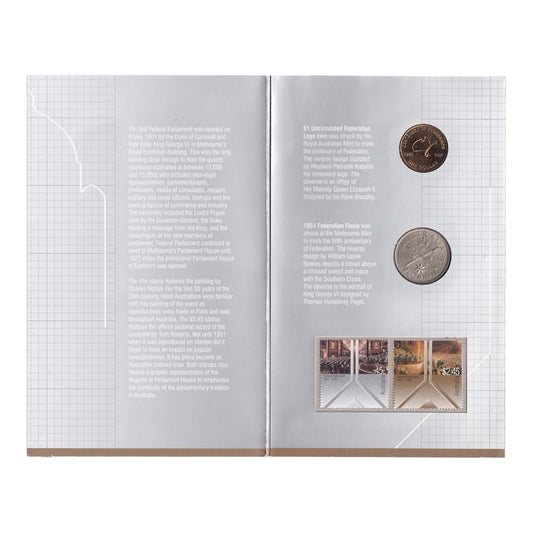Collection: Stamps
-
2001 Australia Post - Federal Parliament 1901-2001 - Coin and Stamp pack
Regular price From $30.00Regular priceUnit price / per -
1991 Australia Post - Waterbirds of Australia FDC & Print Limited Edition Folio #3,991 of 5,000
Regular price $39.05Regular priceUnit price / per$0.00Sale price $39.05




